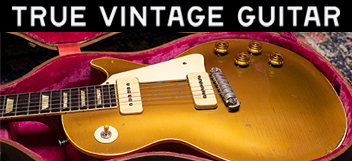Tim C.
Active member
- Joined
- Jul 15, 2001
- Messages
- 6,484
Here is a shot of the inside of a new Marshall JCM 2000 triple super lead amp. Note there are 7 separate circuit boards stacked in there. A nighmare to work on! The amp is full of IC's, etc. The circuit boards are pretty thin and there are numerous plug in cables that can come loose.

Tim C.

Tim C.








